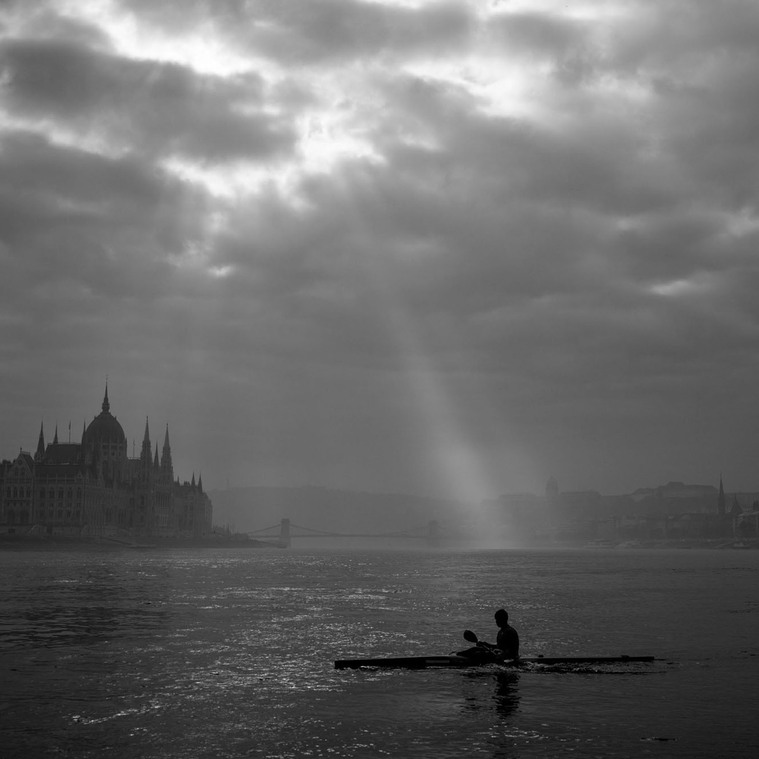Warren Richardson is a freelance photojournalist currently working in Eastern Europe. Born in Australia in 1968, he is a self-taught photojournalist who undertakes long-term projects dealing with human and environmental issues, as well as assignments for newspapers, magazines and companies. He has lived in Asia, the USA and Europe and the Middle East, and during a period in the UK and US he worked in celebrity photography. He is currently working on the project to do with homelessness and the layers that intertwine between addiction and self-worthlessness. He lives by the proverb that says: "We have not inherited the land from our fathers, we have borrowed it from our children."
Warren Richardson is the World Press Photo of the Year 2015 winner for his photo of refugees crossing the border from Serbia into Hungary, near Horgoš (Serbia) and Röszke (Hungary), on 28 August 2015.
